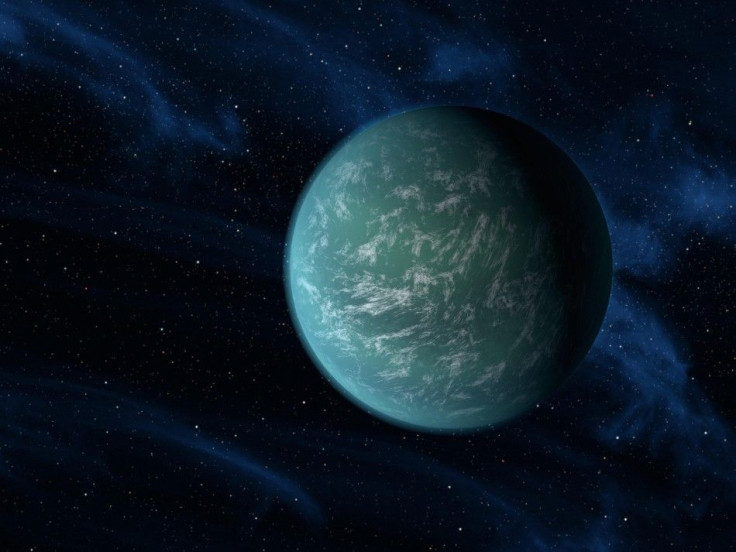‘Nomad’ Planets May Crowd the Milky Way

Nomad planets in the Milky Way may outnumber stars 100,000 to 1, giving astronomers a glimpse of the galaxy full of planets that drift aimlessly through space instead of orbiting around a star, according to a new study.
The Milky Way contains 50,000 times more nomad planets than astronomers previously calculated, and planets may outnumber stars, according to researchers.
Astronomers discovered nomad planets in May when they found 10 roughly the size of Jupiter roaming through the galaxy. This latest study expanded on that initial discovery and estimated there may be significantly more nomad planets than previously thought.
To paraphrase Dorothy from The Wizard of Oz, if correct, this extrapolation implies that we are not in Kansas anymore, and in fact we never were in Kansas, Alan Boss, astrophysicist at the Carnegie Institution for Science, who was not involved in the research, told Stanford News.
The journal Monthly Notices of the Royal Astronomical Society published the study in January.
Researchers estimated that 100,000 times more nomad planets than stars in our galaxy wander the universe. There are over 100 billion stars in the Milky Way, according to NASA, which would make the estimate of nomad planets 10 gazillion (10,000,000,000,000,000) nomad planets.
To come up with that astronomical number, researchers examined the known gravitational pull of the Milky Way and the total amount of matter in the galaxy. With those two pieces of information, astronomers estimated how the matter would divide up into objects that range between the size of Pluto and bigger than Jupiter.
The increase in nomad planets brings new possibilities for extraterrestrial life.
If any of these nomad planets are big enough to have a thick atmosphere, they could have trapped enough heat for bacterial life to exist, Louis Strigari, study leader and researcher at Sanford University's Kavli Institute for Particle Astrophysics and Cosmology said in a statement.
These nomad planets don't need a star to generate heat. They could do so through tectonic activity or radioactive decay, according to the study.
Researchers detected these planets using a technique called gravitational microlensing. Astronomers can typically only detect objects that emit a lot of light, but this technique allows them to see dark objects by relying on the gravity of passing planets to act as a lens, distorting light and magnifying the object.
Einstein postulated the technique in the 1930s, but conceded humans would never be able to see the effect since the universe is in constant motion. He was wrong, however. The first gravitational lens was seen in 1979, according to Time Magazine.
Gravitational microlensing isn't the most efficient process - you never know when objects will pass in just the right way. Nevertheless, more than a dozen planets have been discovered using this technique.
© Copyright IBTimes 2025. All rights reserved.




















